It's nice to enjoy a long drive going somewhere like work, the malls, or a vacation. But how could you drive if there's not enough coolant? Can you mix a different coolant to fill in the tank? Would mixing coolant prolong driving? Take all your worries away! We've researched the answers for you.
A hybrid coolant, which combines organic and inorganic minerals, can take you farther than 30,000 miles in total driving distance. You cannot just mix coolants by yourself. But if you accidentally mix different coolants, which is a common incidence, your vehicle will likely not last the usual driving distance a non-mixed coolant can provide.
Throughout this article, you'll realize how the coolant improves your driving experience. We'll talk about gas emissions while driving and some other related matters. So, read on to the end!
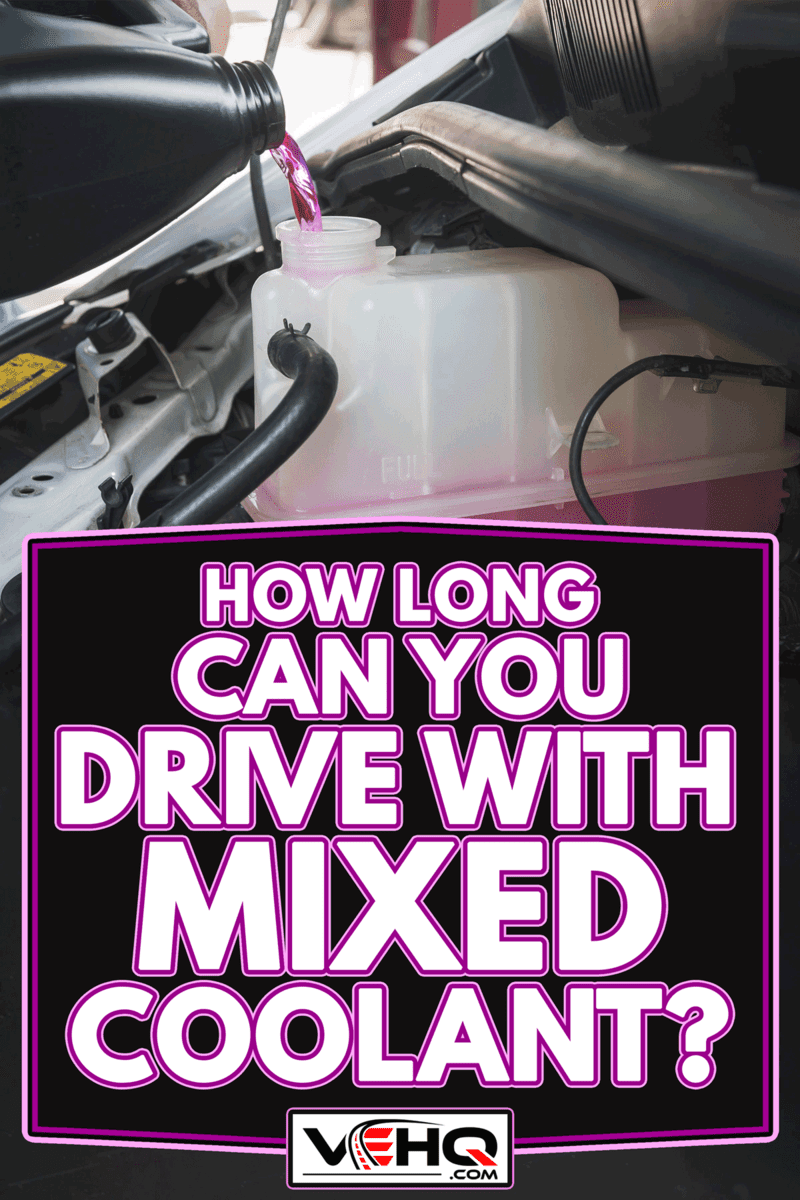
About Hybrid Coolants
Hybrid coolant is composed of organic minerals chemically bonded with inorganic minerals. The usual chemicals present in a hybrid coolant are silicates, nitrites, oxygen, and glycol. These chemicals enhance the gas emissions of a vehicle and improve engine performance.
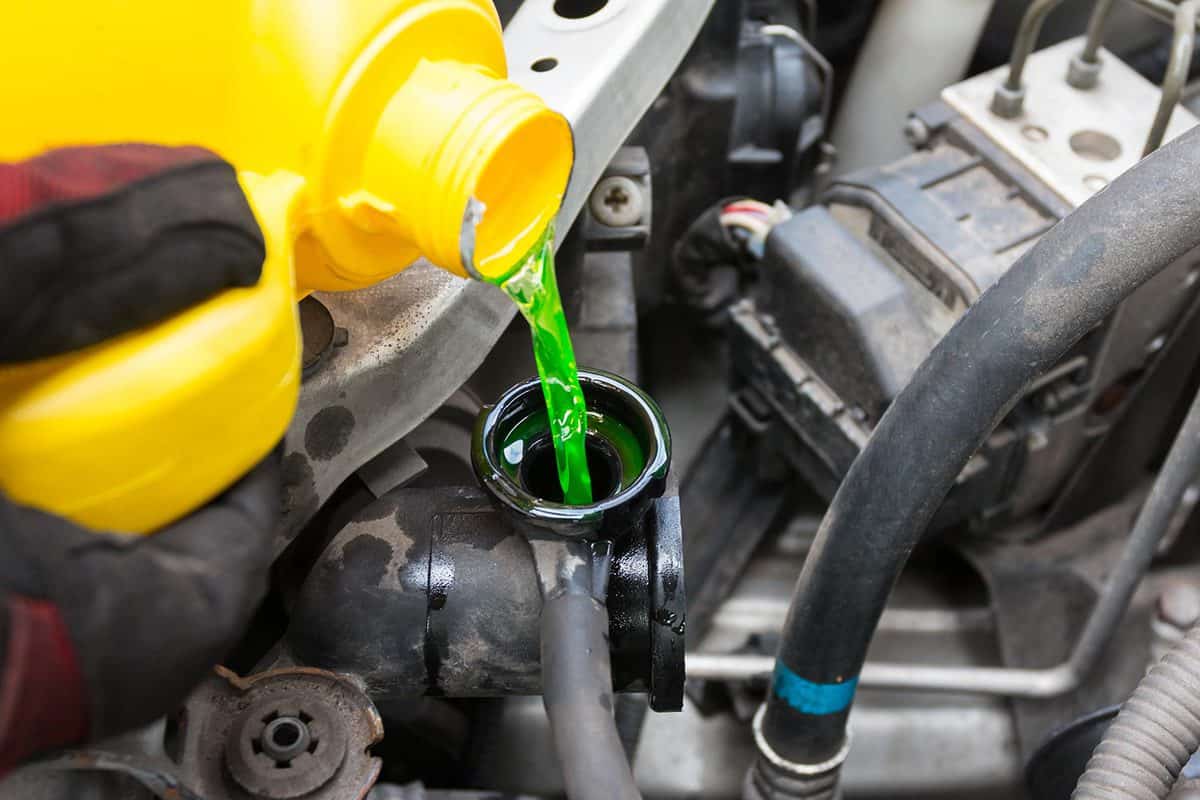
You cannot mix coolants on your own. Physical mixing is just putting a coolant into another coolant, while chemical mixing pertains to the proper combination of minerals in an isolated environment.
However, hybrid coolants can take you for a total driving distance of 30,000 miles or more. This distance is only an estimation. It still depends on the engine's condition and how often you use the car.
Most car owners prefer hybrid coolants because the healthy gas emissions are balanced with engine performance efficiency.
See this hybrid coolant on Amazon.
Driving With Accidentally Mixed Coolants
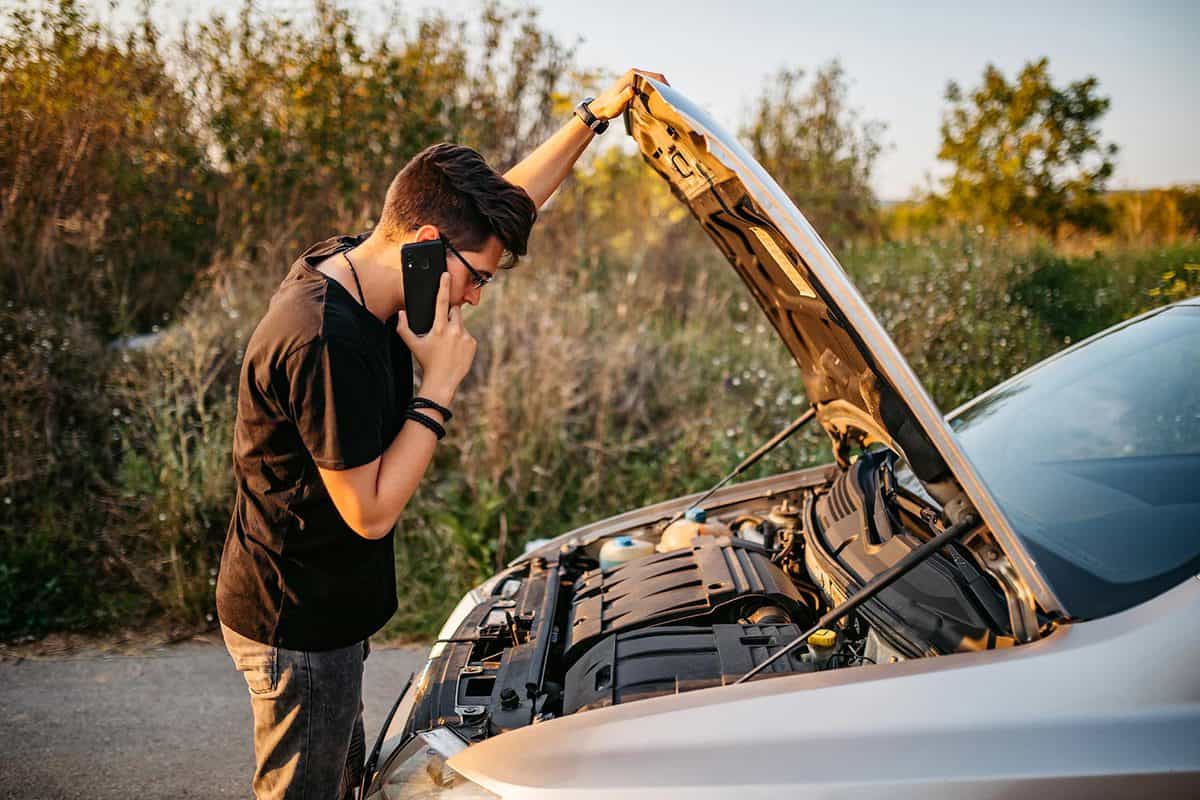
Coolant is a fluid responsible for minimizing pollutants during gas emissions. It also enhances the efficiency of the engine by reducing the heat. Mixing different coolants can affect the car's performance.
However, you can drain the coolant to ensure that it will not cause further damage to your car. See these steps below:
- Turn off the ignition and let the engine cool down before you start draining the coolant.
- Place a bucket on the drain valve to catch the coolant.
- Open the radiator, then drain the coolant through the drain valve.
- Once the radiator is empty, fill it with clean water. You should start the engine and wait for 15 minutes to fully drain the remaining coolant.
- Dispose of the old coolant properly.
Without draining it first, there might be other effects on driving should you insist on using the mixed coolant. See below for additional details.
Reduced Driving Distance
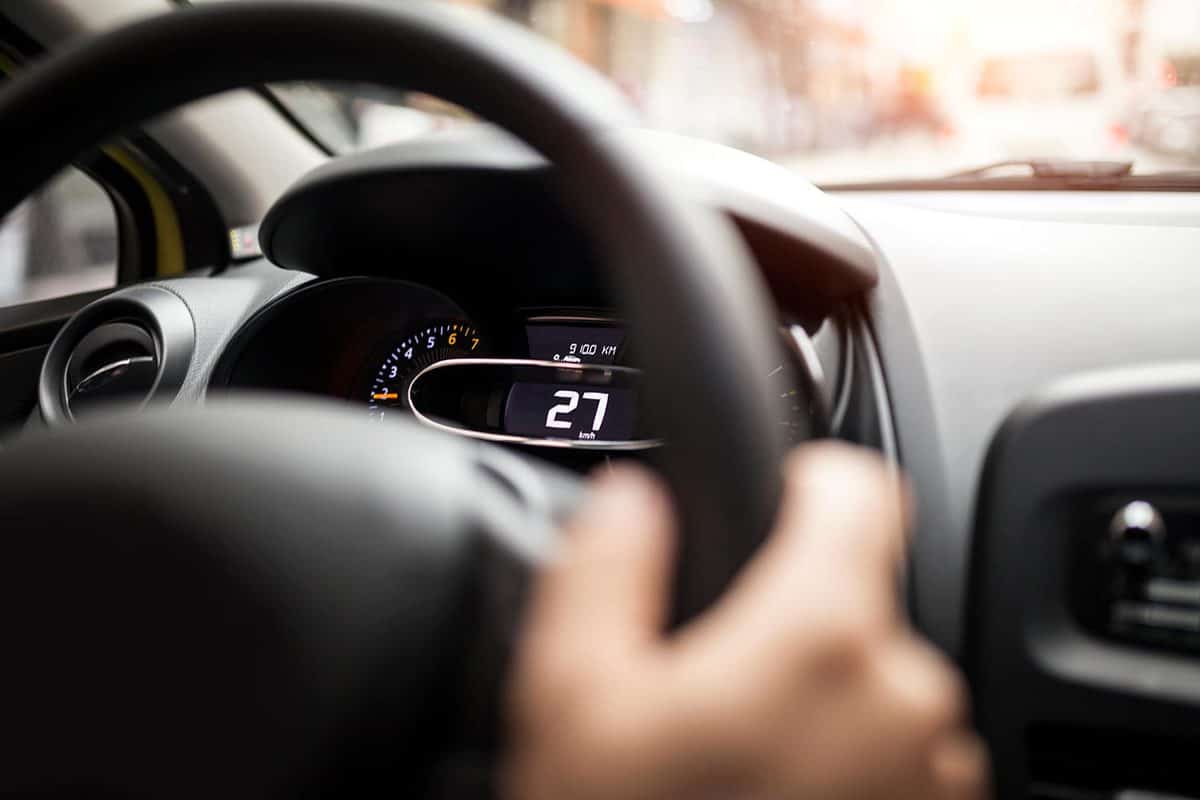
Coolant can typically last you for at least 30,000 miles. Mixing coolant will alter driving distance to shorter than the normal distance.
But it still depends on how severe the mixing has been. For instance, the engine may fail within five minutes or even immediately when it detects an unusual coolant mixture.
Engine Failure
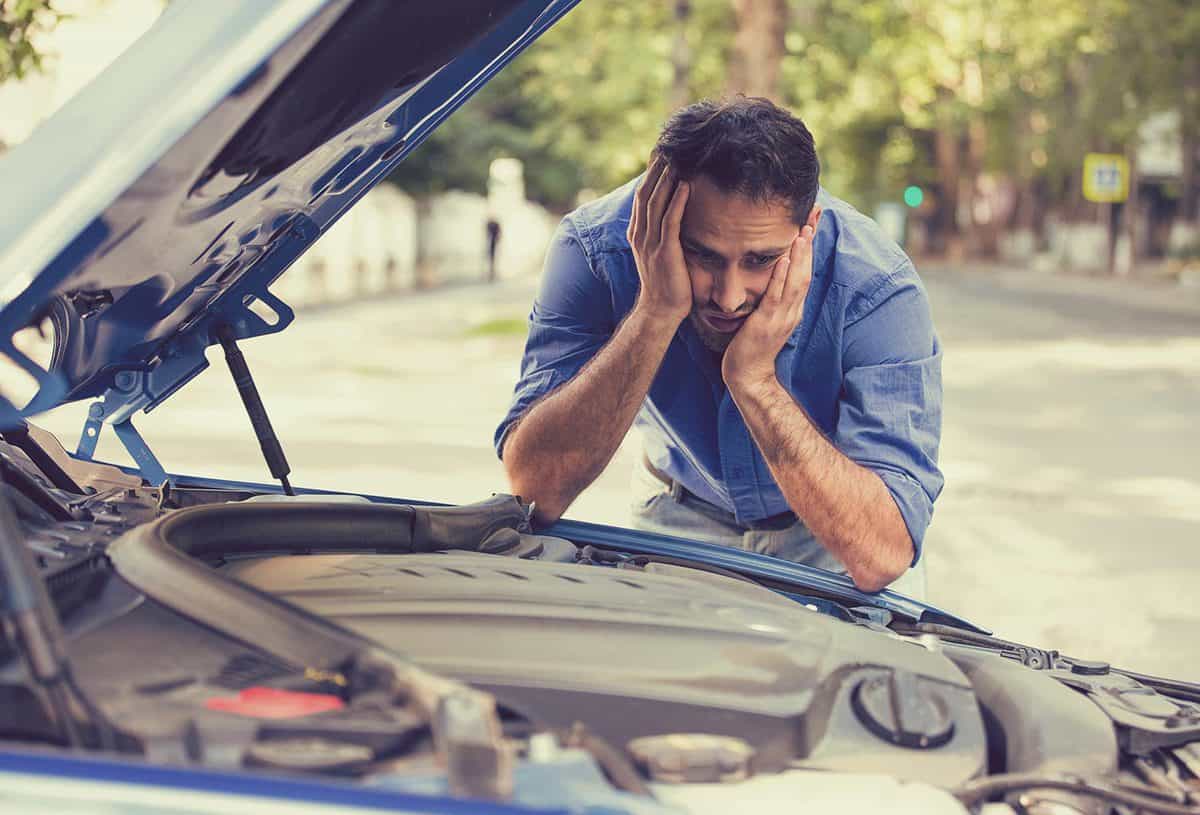
If the engine runs through an ample amount of mixed coolant for a longer period, the fluid may interrupt the transmission and energy flow throughout the car's components.
If you insist on driving, the situation could become worse. It's also risky if your car suddenly malfunctions. You could lose control over the brake while driving, for instance.
Unhealthy Gas Emissions
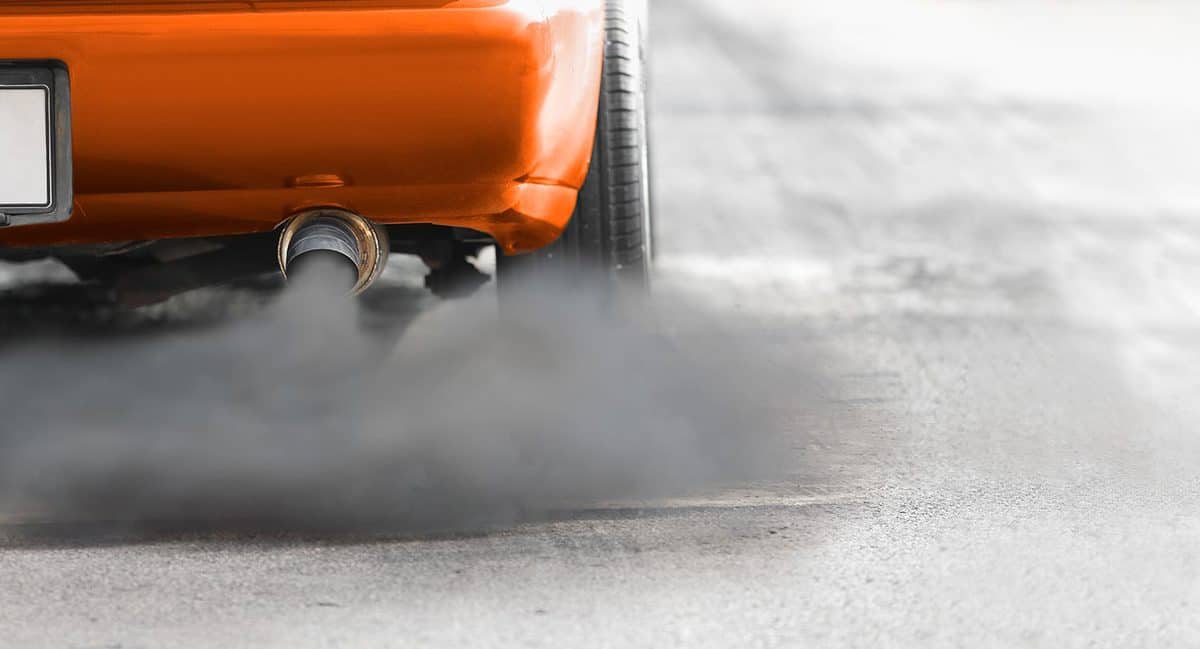
Since the coolant is meant to reduce pollutants, mixed coolant may emit unhealthy gases. It can suck off dirt and release black, heavy smoke through the turbine.
It's extremely unhealthy to inhale such a gas. You can experience shortness of breath, dizziness, and lung complications within a short period of time.
You're lucky enough if the mixed coolant does not react chemically. However, it's still recommended to change the coolant rather than to insist on using your car.
We can say that you should drive up to the safe location where you can drain and refill the coolant instead of continuing to drive. Otherwise, seek mechanic services immediately to resolve the issue for you.
Other Types of Coolants
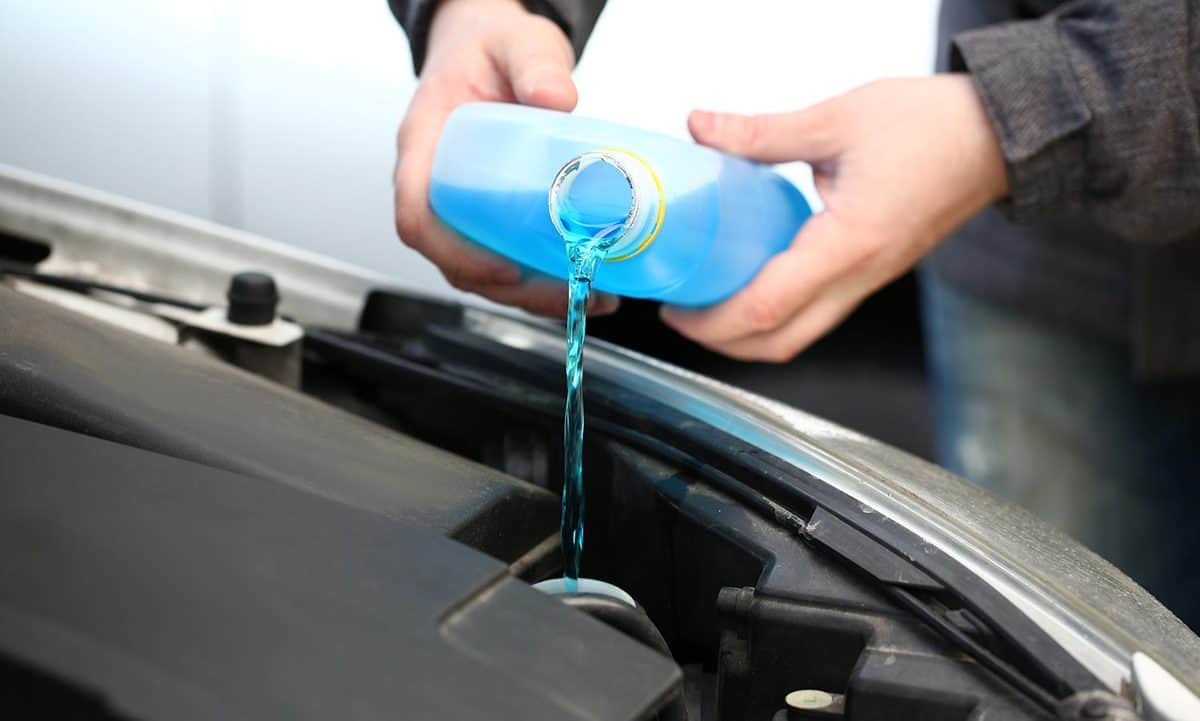
Aside from hybrids, there are also organic and inorganic coolants. They differ in chemical composition and efficiency.
Not all vehicles are compatible with any coolant. You should consult your owner's manual or nearest dealership to confirm coolant type for your vehicle model before switching to another, especially if the car has functions designed for a specific coolant.
See below for the other types of coolant.
Organic
See this organic coolant on Amazon.
Organic coolants are usually composed of ethylene and glycol, aside from natural components like oxygen. Most modern cars use an organic coolant to reduce toxic emissions.
However, organic coolants may seem weaker than inorganic ones simply because some chemicals are not modified to withstand engine damage, like corrosion.
Inorganic
See this inorganic coolant on Amazon.
Inorganic coolants are a bit healthier than organic ones since some natural components are replaced. One advantage of inorganic coolant is its specialized ability to combat engine malfunction. For instance, manufacturers can produce inorganic minerals to nullify the effects of corrosion, rusting, and clogging.
More Things a Coolant Can Do
It's important to be familiar with the other purposes of a coolant. It's not just a fluid that runs through the engine. Check below for more things your coolant can do.
Heat Balance
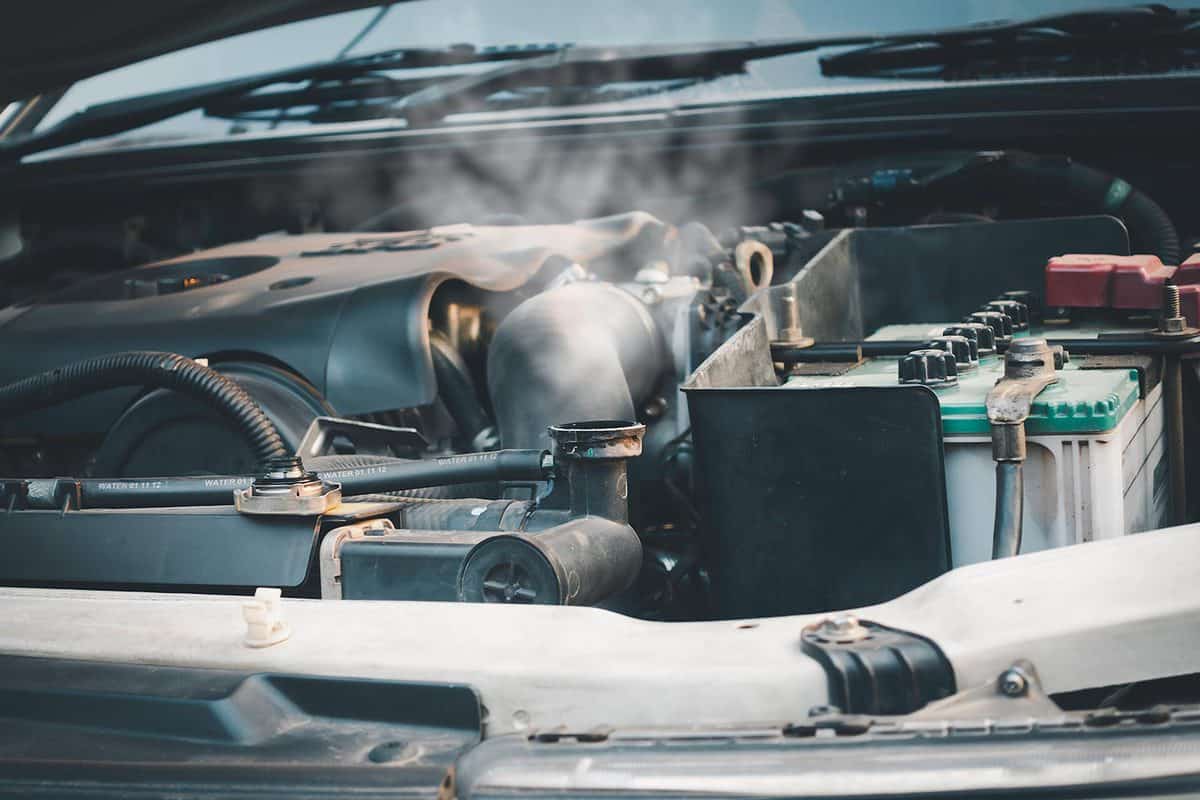
Generally, a coolant can prevent both overheating and freezing, which may cause engine failure. Coolant absorbs the heat from the running motors, like radiators and condensers.
The coolant protects these motors by maintaining a temperature range between 195-220 degrees Fahrenheit. Without coolant, the engine will overheat and break down in a short span of time.
Improved Energy Circulation
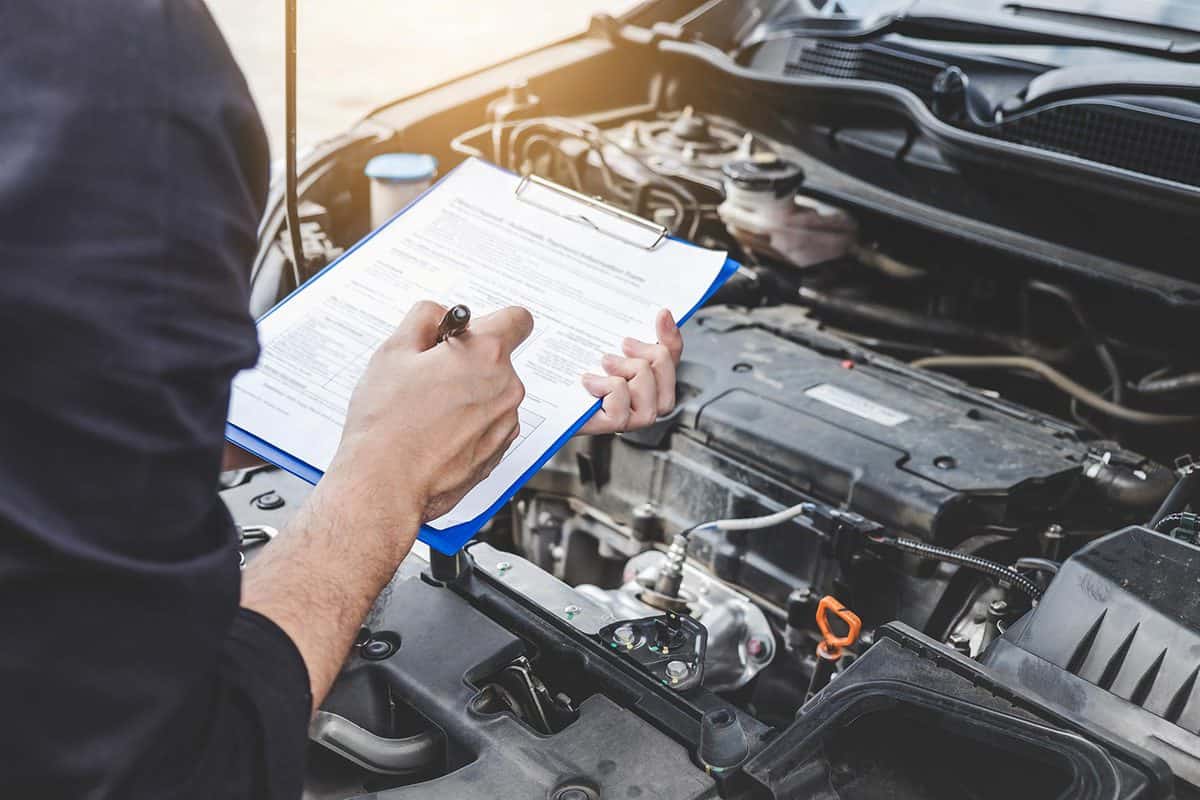
The circulation of energy throughout the components can be improved with the help of a coolant. It can help concentrate the flow of electricity and enhance the air conditioning system.
Coolant can support the airflow of the car's AC by regulating a cool temperature cycle. The AC may misinterpret the heat degree in the absence of coolant and release hotter airflow due to an inaccurate reading by the thermostat.
How to Refill Coolant
Remember to fill in the same coolant you initially used. This is to ensure consistency in the quality of driving. Refer to the steps below on how to refill coolant.
- Turn off the engine and put the car in park mode.
- Open the hood and find the tank that connects to the radiator. It's usually transparent and has a cap.
- Remove the cap, then refill the coolant until the tank is full.
- Close the cap, then pull the hood down to cover.
- Activate the engine and wait for at least 15 minutes before you take off. This is to make sure that the coolant spreads throughout the engine.
Why Is Coolant Leaking?
It's important to prevent coolant from leaking, as this may cause more problems if left ignored. See below for some reasons why coolant leaks and some solutions.
Corrosion in Radiator
The tubes in the radiator will get old and may cause them to dissolve on prolonged use. You'll need to get a replacement radiator from the manufacturer. However, you can apply a silicone caulk for a temporary cure.
See this silicone caulk on Amazon.
Faulty Head Gasket
If a car has an insufficient amount of coolant, the temperature might rise, and the head gasket could blow. This will cause the coolant to leak. You can apply a gasket seal to prevent leakage, but it's best to replace it.
See this gasket sealer on Amazon.
Broken Expansion Tank
An expansion tank is a cylinder connected to the radiator. Its main purpose is to expand when it detects low air pressure, protecting the engine from overheating. It's difficult to drive with a broken expansion tank.
You can use a portable expansion tank while you wait for an actual replacement.
See this portable expansion tank on Amazon.
Conclusion
Coolant is an important fluid to support the engine's performance. We've shared in this article the different types of coolants, like hybrid, organic, and inorganic.
We also explained how coolant works and how long you can drive with a hybrid coolant. We tackled the components of a coolant and how they contribute to the efficiency of driving.
You've learned how to fix a leaking coolant. Beware of mixing different coolants to avoid inconveniences.
Have you learned so much? Learn more with these articles:







I have mixed different colour coolants.What should I do